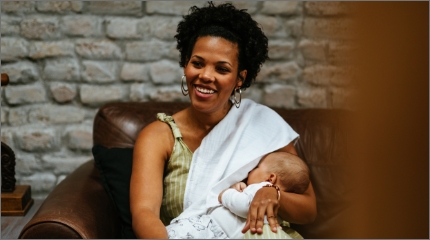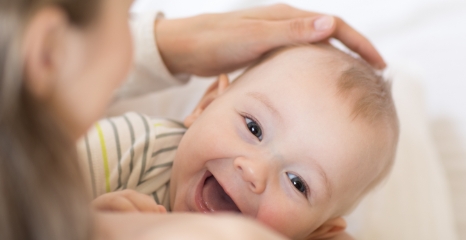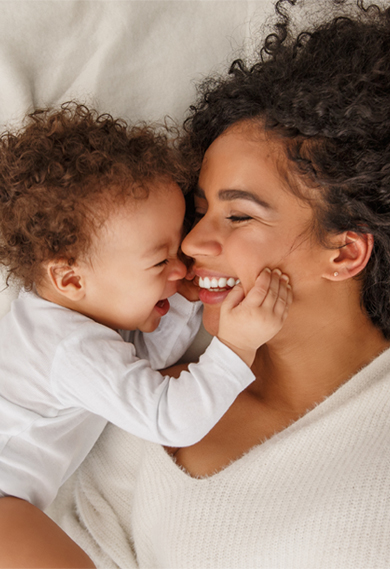


Your milk changes as your baby grows
The first milk you make during pregnancy and just after birth is called colostrum. It is thick and golden yellow in color. This milk is very nutritious and has antibodies to protect your baby from getting sick. It also helps your newborn’s digestive system to grow and function well.
About 3 to 5 days after birth, colostrum changes into mature milk. Mature milk is white and looks thinner than colostrum. It has just the right amount of fat, sugar, water, and protein to help your baby grow.

Breastfeeding may seem like it takes more effort than formula feeding, but it can make life easier once you and your baby settle into a good routine.

When you breastfeed:

Also, breastfed babies may be sick less often than formula fed babies. This means less:

Did you know?
Your baby can smell you and knows the unique scent of your milk.
Mothers who breastfeed recover from childbirth more quickly and easily. They also have a lower risk of:
Breastfeeding may also help you lose weight. Many women who breastfed have said it helped them get back to their pre-pregnancy weight more quickly. Exclusively breastfeeding can burn up to 600 calories per day.
Side-Lying Hold
This hold is useful when:
Cross-Cradle Hold
This hold is useful when:
Clutch or “Football” Hold
This hold is useful when:
Cradle Hold
This hold is useful when:
Laid-Back Hold
This hold is useful when: